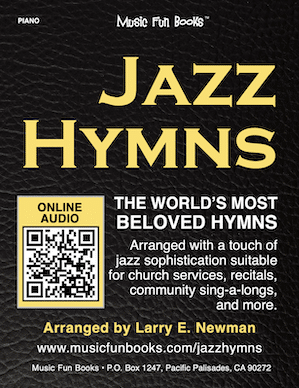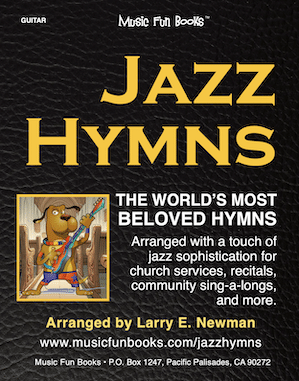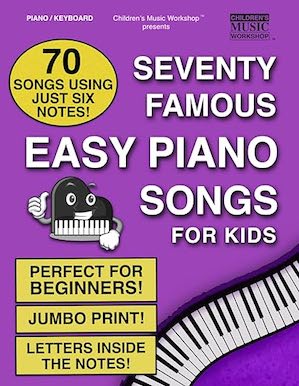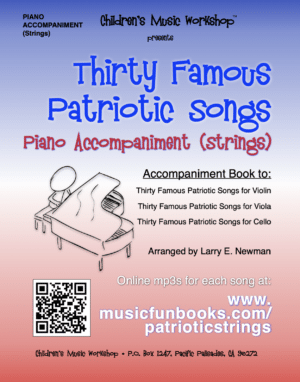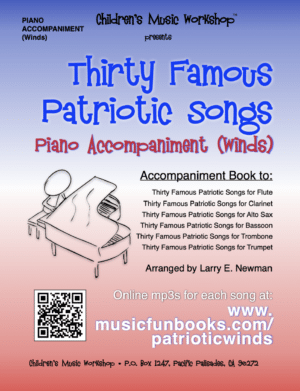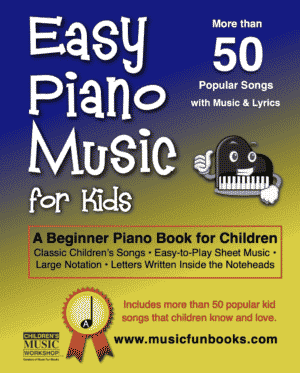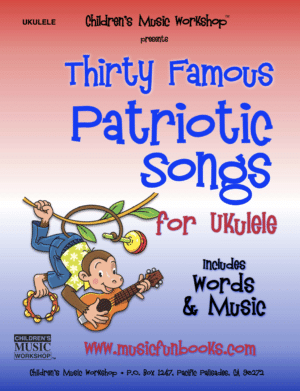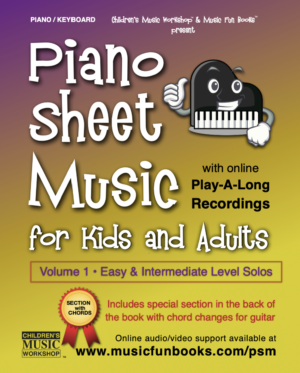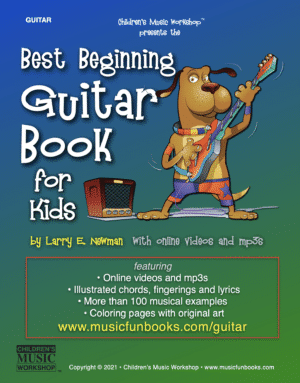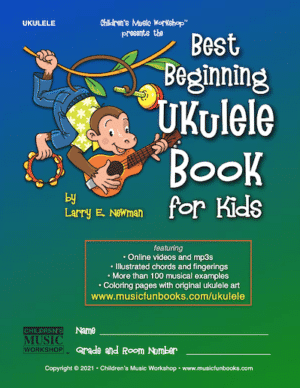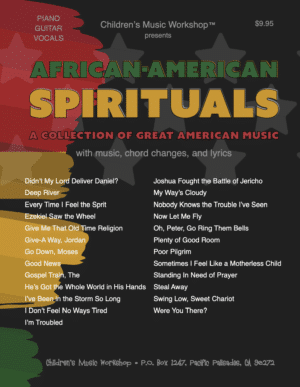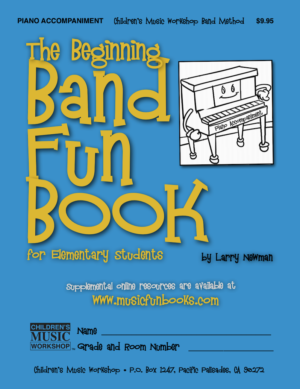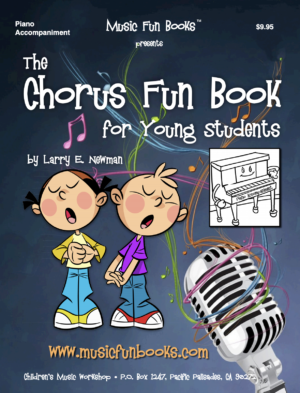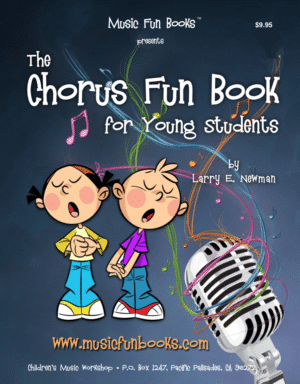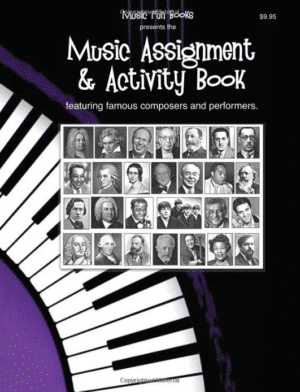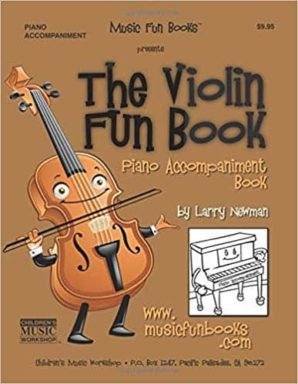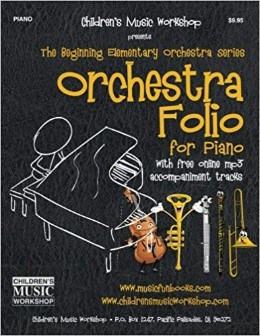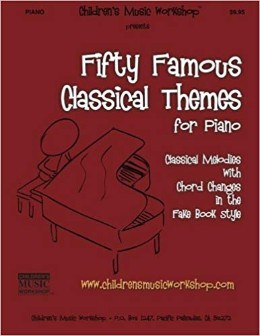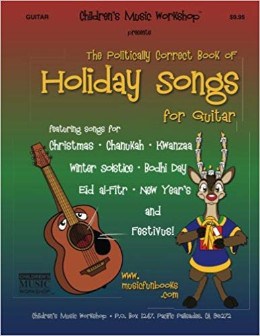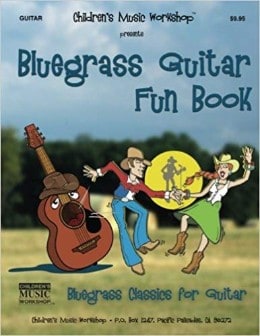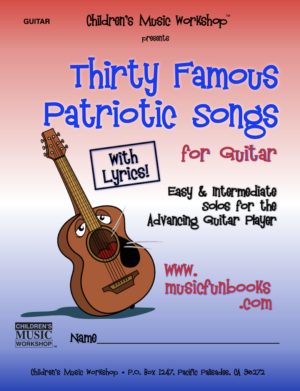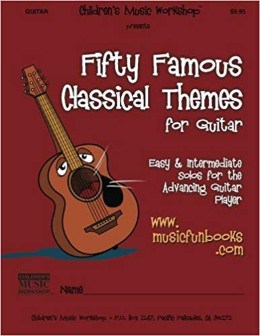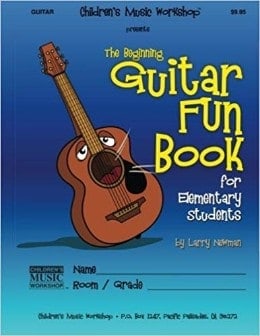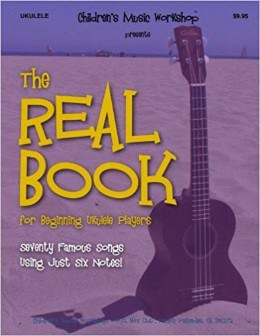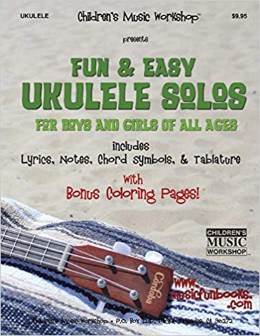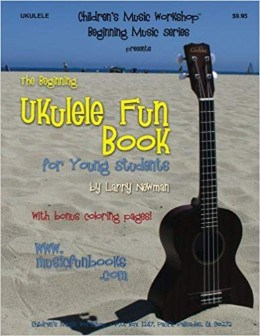Guitar for Kids
Secrets on how to find the best guitar for kids!
Buying a guitar for kids can be daunting.
Some of the biggest concerns parents have include:
• Where can I find a guitar for kids that is good but also affordable?
• Where can I find a guitar for kids that is right for my child’s needs?
A Guitar for Kids Should Be the Right Size
Ages 4 – 6
Acoustic 30 inch (1/4 size) amazon deal
Ages 6 -9
Acoustic 34″ 1/2 Size amazon deals
Classical 34″ 1/2 Size amazon deals
Electric Mini Electric Guitar amazon deals<!–
Ages 9 – 12
Acoustic 36″ 3/4 Size amazon deals
Classical 36″ 3/4 Size amazon deals
Full Size Electric Guitar amazon deals
Ages 12 – Adult
Acoustic Concert Size amazon deals
Acoustic Dreadnought amazon deals
Classical Concert Size amazon deals
Full Size Electric Guitar amazon deals
Why the right size may vary from child to child:
- If your child is small to average in height for his/her age, consider staying within the age group as listed on the chart.
- If your child is on the cusp of two groups, use his/her relative size to determine which age group to stay in. For example, if your nine-year-old is small for his/her age, choose from the 6-9 year group.
- If your child is above average in height, consider moving to the next age group, particularly if your child is on the cusp. In this case, your tall nine-year-old would do well with a guitar from the 9-12 year group.
When buying from a music store, you can get a personal/professional advice not always available online.
While the stores don’t have the depth of knowledge that an instrument builder has, they know what guitar for kids is right for a particular individual based on their size, their musical interest, their budget, and the instruments resale value should you decide to trade to a better instrument or sell this one. Furthermore, most reputable stores can assist in minor adjustments in setting up an instrument to an individual’s needs. They can also show you how to restring the instrument as well as provide information about care.
Today’s starter guitar for kids is generally pretty good and you can’t go too wrong. Explore our amazon links and good luck!
Guitar for kids (Sizes)
The Smallest Guitar for Kids:
Traveler and Mini Guitars: “Traveler” acoustic guitars and “mini” acoustic guitars are not in the same category, though they are both the smallest credible guitars available in the common acoustic guitar market.
The Traveler Guitar for Kids:
The traveler is a small acoustic guitar, often times with a full scale neck and fretboard, but with a significantly reduced body size when compared to the average acoustic guitar body size. The traveler size often has a different shape or design than a typical acoustic guitar as well. In addition, some travel guitars are now being manufactured with necks that fold and the hell or neck joint.
The Mini-Acoustic Guitar for Kids:
A mini acoustic guitar for kids, on the other hand, is actually a smaller version of a particular common style of acoustic guitar, having the typical figure 8 shape with a top bout, bottom bout, and a waist. Often, the mini acoustic guitar will come with a smaller scale version of the fretboard as well.
The Parlor Acoustic Guitar for Kids:
The parlor acoustic guitar for kids was initially played in small parlors and live venues where there was not a lot of room, and major projection was not needed. Parlor guitars were used in small ensembles where their sound would not be drowned by the other instruments.
The Tenor Acoustic Guitar:
The tenor acoustic guitar is a step up from the parlor size and with many manufacturers, begins to resemble a more common Dreadnought shape, though it is much smaller. The tenor size guitar can come with full size fret boards or scaled to size, depending on the manufacturer. If you understand different voicing parts, such as soprano, alto, tenor, baritone, bass, etc. you will understand that the tenor acoustic guitar will project in the middle and upper registers of the EQ spectrum dominantly. If you are looking to get a booming bass sound from your acoustic guitar, a tenor guitar is certainly not the right model. However, a parlor size or tenor size acoustic guitar would be a great starter guitar for someone who is younger and smaller to be able to learn on a comparable fretboard scale, and transition smoothly as he or she became older and his or her hands, arms and fingers became larger and longer.
The Mid-Sized Guitar for Kids:
Though there is no real small, medium and large demarcations for grading the sizes of acoustic guitars, we have provided these lines to make it clear that there are general distinctions for ease of organization and research when looking to buy an acoustic guitar. Additionally, the smaller guitars listed above are far less commonly seen on popular music videos or performances, so it is important to bring these acoustic guitar models to the forefront.
Many manufacturers differ by model “names” but many have followed C.F. Martin’s lead with standards. These lists do not follow Martin’s standard so as not to favor or promote any singular brand, but by studying the Martin model names and “O” ratings, as well as more common body size and style names, one can easily rank and compare models of different manufacturers to be able to compare apples with apples. Basically, with Martin’s scale, the more “O’s” the larger the guitar in profile and depth (usually).
The concert and grand concert acoustic guitar models. The concert and grand concert acoustic guitar models are larger than the tenor, mini and traveler, but smaller than the Orchestra, Dreadnought and Jumbo Models, falling near the middle of the road. The concert and grand concert models tend to give a wider Eq range than smaller models. As you will see and learn if you compare sizes, the larger the guitar body size and the difference in the bout sizes creates a wider Eq tonal and overtone spectrum that adds to the overall projection and beauty of the guitar sound. The term “grand” typically means an increase in profile size or depth size, yet it typically carries the same profile shape.
The Orchestra and Grand Orchestra models:
These models, as well as the concert series, tend to have a more narrow waist than the next size up, the Dreadnought, and can be considered easier to hold and play by some individuals over the Dreadnought and larger sizes. The Orchestra and Grand Orchestra acoustic model sizes are going to be larger than the concert series, giving even more low, mid, and treble spread in their sound, yet being less than the larger models, and still a bit balanced toward the mid range. Again, “Grand” means larger than “non-Grand”.
The Dreadnought acoustic guitar is perhaps the picture that most people get in their mind when someone says “acoustic guitar”. It has perhaps the most balance of all 3 general EQ ranges when it comes to the sound profile of acoustic guitars. Though tonewoods actually have a major part to add to the spectrum, all else being equal, the Dreadnought body style has been the most popular standard for acoustic guitars for decades. Starting in the 1930s, Martin Guitar Company began producing this model, and it has become the most commonly produced and played acoustic guitar model available. Though some smaller-framed individuals as well as children and students may find it a bit unwieldy at first, learning to play on a Dreadnought will perhaps make the acoustic guitar player suited for picking up other guitars and playing on the fly because of it’s popularity and availability. Some dreadnought models come with more squared upper bouts or “shoulders” as they might be called, or more rounded upper bouts. The upper bouts that are more squared are the most popularly produced models today.
The Jumbo Acoustic Guitar:
The Jumbo acoustic guitar is a very large bodied acoustic guitar, and is sometimes the same body style that is used in the acoustic bass production by the same company. The Jumbo guitar features more curvature difference between the upper and lower bouts with more of a waist than the Dreadnought guitars, so they appear to be more resembling a figure 8 than the Dreadnought. The jumbo guitar can project a lot more sound in the bass range, and depending on the tonewood, can even sound a bit lop-sided in the bass end when compared to smaller models, yet it is the size and bouts that gives the jumbo acoustic guitar its booming, “bass filled” resonance.
The Grand Jumbo:
If a child are smaller-framed individual though it was challenging to hold and strum a Dreadnought or Jumbo, the Grand Jumbo might feel more like a large suitcase or luggage trunk than a guitar. The Grand jumbo is perhaps one of the largest acoustic guitar body sizes made and by far carries the “boom” of acoustic guitar sounds. The Grand Jumbo model is not nearly as common as the other models listed, but it is worth mentioning as it’s body width and depth is unparalleled, as is the deep, resonant sound that tilts heavily toward the bass end of the spectrum (when comparing acoustic guitar sounds) It is by no means a bass guitar, as the octaves reached by a bass guitar are attributed to the much larger string diameters. The Grand Jumbo guitar still falls in the keys and octave range of the previously mentioned models, with the largest bass sound of them all.
About the author: Aaron Schulman has been a musician since his first trumpet in 5th grade, and has been an avid acoustic guitar player, songwriter, and teacher since 1990. Before purchasing your first guitar for kids, visit his acoustic guitar reviews site and study to get the best acoustic guitar for your money. You can also read more there to equip yourself more thoroughly on “how to buy an acoustic guitar”
Hints About Stringed Instrument Maintenance
First of all, there is a lot of pressure on a stringed instrument. This, combined with other factors such as variances in climate, and the unpredictability of wood, can make things tricky. Wood is a living breathing thing. It isn’t as stable as metal, and like people, can be unpredictable. That is also the beauty of wood. It’s mass and characteristics make it the perfect medium for making musical instruments. Be aware that wood has a cellular structure and changes in climate, temperature, and humidity, can effect an instrument. In the winter months when we have our heaters on and the level of humidity in the air declines, wood can exhibit some shrinkage.
Especially if the wood was not dried properly before the instrument was constructed. Conversely, during the summer – especially here in the Midwest – things can get very humid. This of course means that wood can absorb some of that moisture and actually expand somewhat.Now, if you were to expose a stringed instrument to drastic and repeated changes in atmosphere, and climate, it can hurt the structure of the instrument. This is one reason why you don’t see well known musicians touring with their favorite Martins. Not only do they go from Arizona to Georgia in a matter of one day, frequent jet travel will also expose the instrument to variances of atmospheric pressure.
